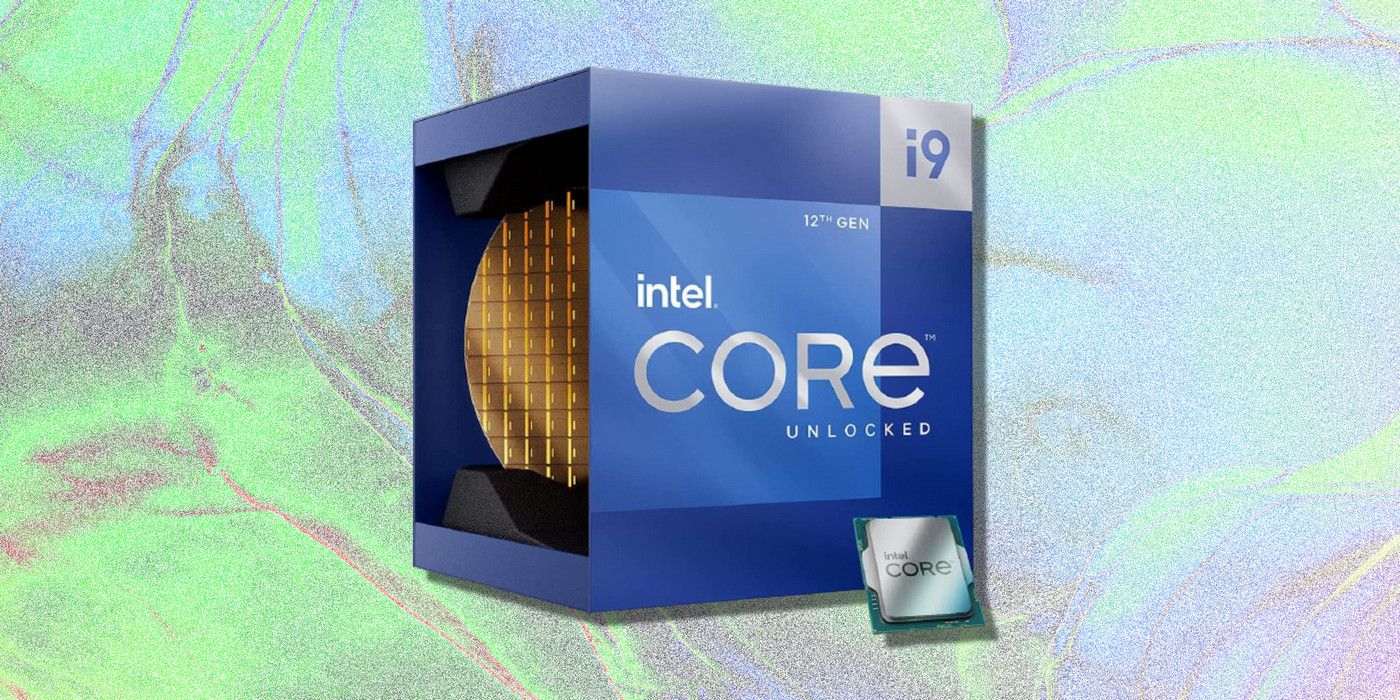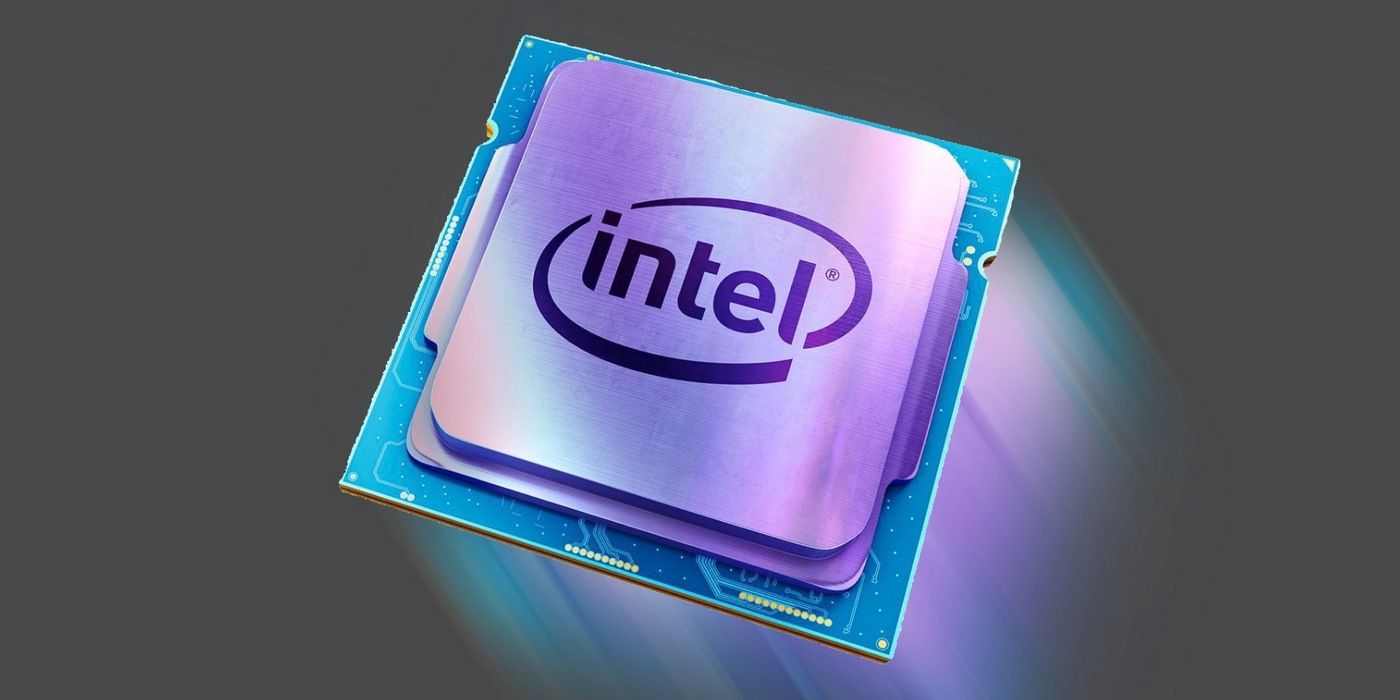The latest episode of the weekly MSI Insider livestream seemingly revealed that Intel's Alder Lake desktop processors will come in two different die sizes. Intel announced details about its Alder lake CPUs at its InnovatiON event last week. According to the announcement, multiple different SKUs will be available for purchase from this month, including the top-of-the-line Core i9-12900K, which will be the successor to the Core i9-11900K released earlier this year.
Unlike its octa-core predecessor, the flagship 12th-gen Core CPU is a 16-core beast with a stock frequency of 3.2 GHz and a boost frequency of up to 5.2 GHz. Alongside its new CPU lineup, Intel also detailed its upcoming Arc Alchemist GPUs at InnovatiON 2021. The flagship graphics card in the new lineup will have 512 Execution Units overall, including 32 Xe Cores, each of which will have 16 Vector Engines and 16 Matrix Engines. Apart from the CPUs and GPUs, Intel also announced the new Z690 chipset with PCIe 4.0 and DDR5 support.
While Intel confirmed a whole host of details about its upcoming Alder lake CPUs, there were a few critical pieces of information missing from the announcement, including how many different types of processors the new lineup will have. That, however, seems to have been cleared up thanks to the latest episode of the MSI Insider livestream. Per MSI, the Alder Lake lineup will feature two die sizes, including the C0 silicon with 8x GoldenCove performance cores and 8x Gracemont efficient cores, while the H0 silicon will feature only 6x GoldenCove cores. All the announced SKUs, including the top-of-the-line Core i9-12900K, will ship with the C0 silicon, with Intel expected to make use of the 6-core dies for more affordable processors next year.
Two Die Sizes Might Offer Better Wafer Utilization
The video also reveals that the 8+8 die will measure 10.5 × 20.5mm (215mm²), while the 6+0 die is a little smaller, measuring 10.5 × 15.5mm (163mm²). Both are smaller than their predecessors, the 11-gen Core microprocessors that measured 11.5 x 24mm (276mm²). While the two different die sizes is definitely an interesting move from Intel, it will offer new challenges to third-party cooler manufacturers. According to MSI, some coolers may not be able to efficiently cool both chips because their hotspots lie in different locations.
It's not immediately clear why Intel is going with the two different die sizes for its next-gen CPU offerings, but one of the reasons could be better wafer utilization on its 10nm Enhanced SuperFin node. The more mainstream Core i3, i5, Pentium and Celeron chips won't need all the extra wafer real estate, which will let Intel maximize its wafer utilization by opting for the smaller die sizes.
Source: MSI Gaming/YouTube, VideoCardz


